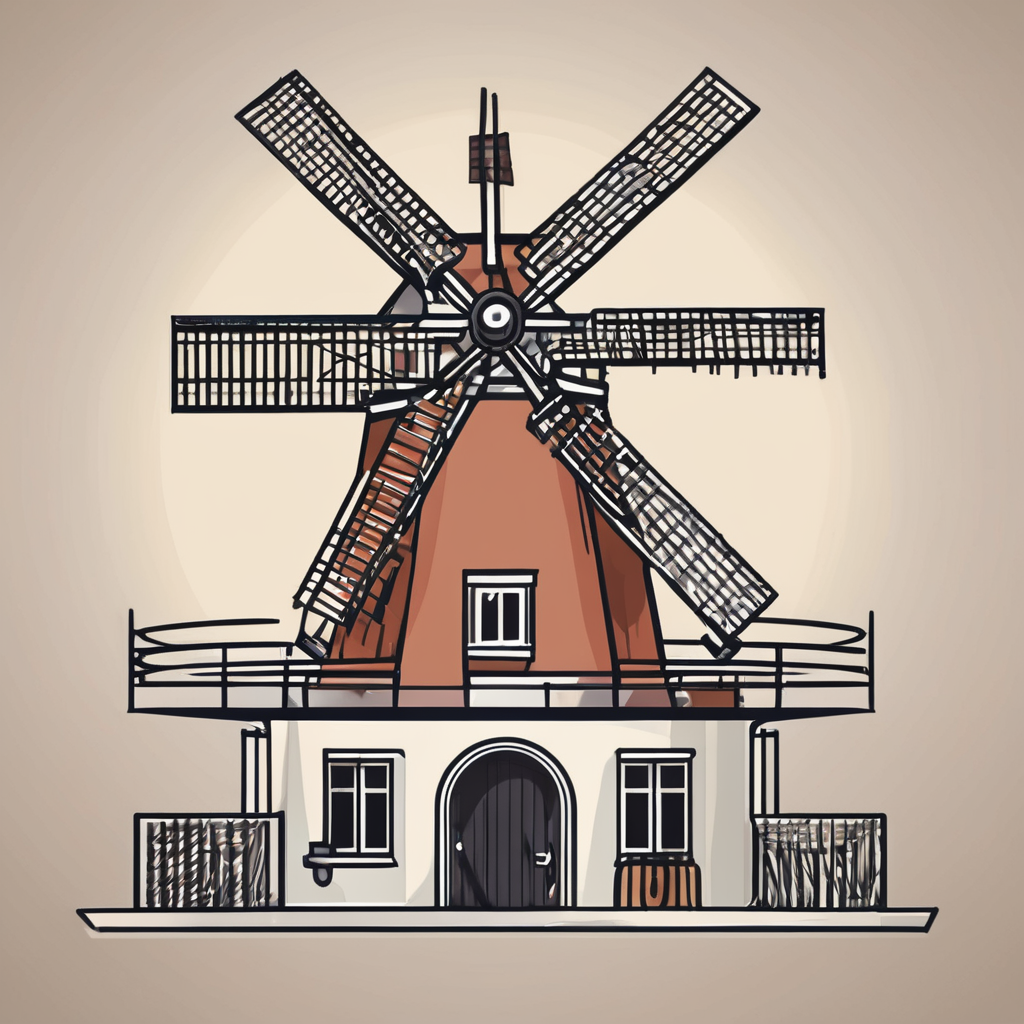Defining Elegance in British Women’s Fashion
Elegance in British women’s fashion is deeply rooted in British standards of elegance that have evolved through centuries of cultural influences and societal changes. At its core, the elegance definition within this context transcends mere appearance; it embodies refined understatement, poised confidence, and timeless style. The British approach to elegance often reflects a respect for tradition combined with subtle innovation, which sets it apart from fleeting global fashion trends.
Historically, British elegance has drawn heavily from the country’s rich cultural fashion heritage. This includes influences from the Victorian era’s structured silhouettes to post-war practicality, each phase embedding a sense of purpose and restraint into the style. The impact of aristocracy and royal ceremonial dress also plays a vital role, reinforcing the concept of dignity and composure in everyday wear.
Also to see : What Are the Unexpected Benefits of UK Women’s Fashion Trends?
Unlike more experimental or flamboyant international styles, British elegance maintains a balance between classic and contemporary. It favors understated sophistication rather than bold statements or rapidly changing trends. This distinction helps British fashion preserve its identity globally, where elegance is recognized through quality, fit, and subtle detailing rather than excessive embellishment.
This understanding of elegance also depends on cultural nuances like formality in dress codes and an appreciation for craftsmanship, which have both evolved yet continue to influence modern British women’s wardrobes. Embracing this blend of history and current expression helps define what true British elegance means today.
Have you seen this : How Can the Evolution of UK Women’s Fashion Influence Future Trends?
Signature Elements of Tailoring and Fit
British elegance is profoundly shaped by tailored clothing, a cornerstone of its fashion identity. Precision in British tailoring emphasizes clean lines and structured forms that create a silhouette both purposeful and refined. This meticulous attention to detail distinguishes British styles from more fluid or casual international trends, presenting an image of composure and polish.
Classic silhouettes such as trench coats, blazers, and pencil skirts serve as enduring symbols of this tailoring tradition. These pieces exemplify how form and function merge seamlessly. A well-cut blazer, for example, highlights the shoulders and narrows the waist, reinforcing an elegant posture. Trench coats—rooted in military heritage—offer both practicality and timeless style, while pencil skirts balance shape and sophistication perfectly.
The significance of fit in fashion cannot be overstated when defining British elegance. A garment’s impact is profoundly enhanced when tailored precisely to an individual’s measurements, ensuring comfort without sacrificing silhouette integrity. Ill-fitting clothing can undermine even the most luxurious fabric or design; conversely, impeccable fit projects confidence and a polished appearance. This priority on fit conveys subtle messages of respect for oneself and others, anchoring the elegance definition within everyday wear.
In sum, the synergy between structured tailoring and perfect fit is essential in achieving the understated yet unmistakable charm of British elegance. These elements ensure that classical British pieces remain relevant and aspirational across generations.
Selection of Fabrics and Material Quality
The essence of British elegance is deeply tied to discerning fabric choices that emphasize durability and timeless appeal. British fashion traditionally relies on high-quality materials such as wool, silk, and cashmere, renowned for their luxurious texture and longevity. These luxury textiles are prized not only for their aesthetic richness but also for practical qualities like warmth, breathability, and resilience.
Wool, particularly tweed and worsted varieties, represents a quintessential British fabric choice, blending coarse texture with refined craftsmanship. Silk offers a smooth, delicate contrast, often used in blouses or linings to provide subtle sophistication without overpowering the look. Cashmere, with its softness and insulating properties, elevates knitwear and outerwear, perfectly embodying the understated luxury central to British elegance.
The role of fabric weight and texture in achieving elegance cannot be overstated. Heavier, structured fabrics contribute to precise tailoring and silhouette definition, essentials for polished looks. Meanwhile, finer textures lend themselves to layering and movement, enhancing the wearer’s comfort and appearance. British designers carefully balance these elements to ensure garments look elegant in various settings, whether formal or casual.
Furthermore, the use of high-quality materials supports sustainability through longevity. Investing in well-made pieces crafted from superior textiles means clothing withstands wear over time, aligning with evolving consumer values around ethical fashion. This quality-first approach not only ensures durability but also upholds the traditional British respect for craftsmanship and practical elegance.
In sum, fabric choices in British women’s fashion are a deliberate and critical component of the elegance definition, marrying material excellence with style that endures beyond fleeting trends.
Iconic Color Palettes and Patterns
British elegance is profoundly expressed through its iconic color palettes and classic patterns, which are fundamental to achieving a timeless, refined look. The British color palette prominently features signature neutrals such as navy, camel, grey, and black. These colors form a sophisticated base, allowing versatility and subtlety while ensuring the wearer maintains an air of quiet confidence. Navy and camel, in particular, evoke a sense of tradition and warmth, often seen in heritage pieces like trench coats and tailored blazers.
Classic patterns further define this aesthetic, with houndstooth, plaid, and floral prints serving as distinguished marks of cultural fashion in Britain. Houndstooth, with its distinctive broken check pattern, represents a blend of boldness and restraint, frequently used in coats and scarves. Plaid patterns, rooted in British history, especially Scottish tartans, add depth and texture without overpowering the outfit. Floral prints, often subdued in tone, soften the overall look, balancing structure with femininity and elegance.
Balancing modern and traditional color choices is key to sustaining this stylistic legacy. While historic patterns and colors hold prestige, contemporary British fashion carefully integrates fresh hues and updated patterns. This delicate equilibrium allows British elegance to evolve without sacrificing its hallmark sophistication and restraint. The ability to merge established palettes with innovative shades enables wearers to remain relevant yet true to the core attributes of British elegance.
Ultimately, the British color palette combined with enduring classic patterns supports the sophistication and versatility that define British elegance, enabling both timeless formality and adaptable style.
Accessories: The Finishing Touch
Accessories play a crucial role in complementing British elegance, adding subtle sophistication without overpowering the overall look. In British fashion, fashion accessories are carefully chosen to enhance rather than dominate, embodying the principle that less is more. Signature British accessories include delicate scarves, classic hats like the beret or fedora, and understated jewellery—each contributing refined detail with minimal fuss.
Jewellery tends to be modest and elegant: pearls, simple gold or silver pieces, and discreet brooches often make frequent appearances. These choices align with the elegance definition of balance and grace, reinforcing understated beauty rather than bold flashiness. Scarves, made from silk or cashmere, introduce texture and warmth, while also serving a practical purpose in variable British weather conditions.
Shoes and handbags complete the ensemble by providing structure and polish. Classic styles such as loafers, block heels, or leather pumps reflect tradition and reliability, mirroring the qualities of British elegance itself. Handbags, typically medium-sized and crafted from durable leather, prioritize functionality alongside style. The emphasis remains on timeless design, resisting fleeting trends in favor of lasting appeal.
A key aspect of fashion accessories in British style is the inclusion of statement pieces without excess. This means incorporating one or two standout elements—like a patterned scarf or a vintage hat—that draw interest while maintaining overall cohesion. Such choices demonstrate an understanding of harmonious dressing, where accessories serve as the final, thoughtful touches that elevate an outfit from simple to polished.
In essence, the distinctive quality of British accessories lies in their ability to subtly enrich wardrobes, embodying elegance through simplicity, practicality, and heritage-inspired design.
Influences: Royalty and Classic Designers
British elegance owes much of its enduring appeal to the profound impact of British royal fashion and visionary iconic designers. Historically, the royal family has set sartorial standards that embody dignity, tradition, and poise—qualities central to the elegance definition within British fashion. From Queen Victoria’s Victorian-era silhouettes to Queen Elizabeth II’s signature tailored coats and hats, royal attire has continuously influenced both formal and everyday style choices across the country. The monarchy’s emphasis on understated refinement and quality craftsmanship has reinforced the cultural importance of elegance as a symbol of national identity.
Iconic designers like Vivienne Westwood and Burberry have played pivotal roles in shaping and modernising British elegance. Vivienne Westwood revolutionised fashion with her rebellious yet sophisticated approach, infusing traditional tailoring techniques with avant-garde elements. Burberry, on the other hand, has become synonymous with classic British style through its trench coats and checked patterns, merging heritage with contemporary appeal. These designers have bridged the gap between historical traditions and evolving tastes, ensuring that British elegance remains relevant in a global context.
The continued influence of British royalty and designers highlights the dynamic nature of elegance. They not only preserve cultural fashion values but also inspire innovation, creating a fashion narrative that honours the past while embracing the future. This synthesis defines the unique position of British elegance on the world stage, where symbolic tradition meets creative evolution.



